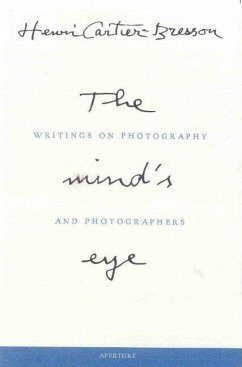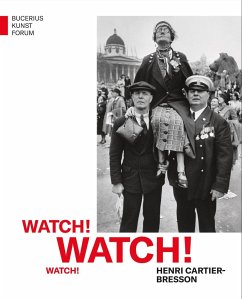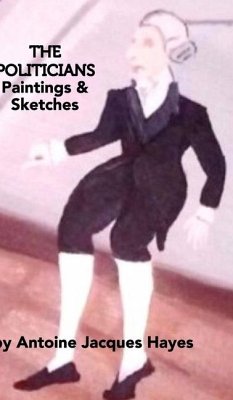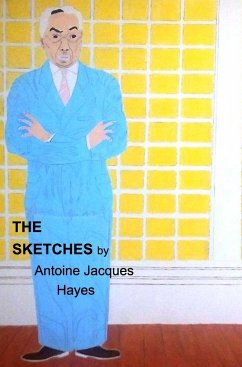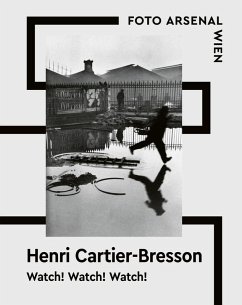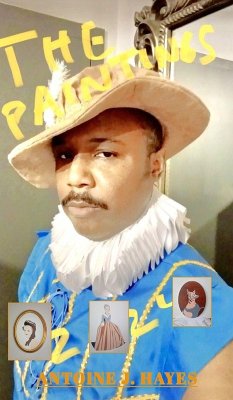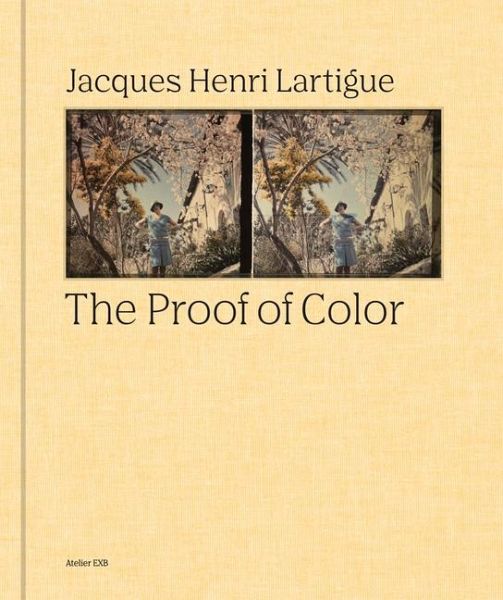
Jacques-Henri Lartigue: The Proof of Color
Versandkostenfrei!
Versandfertig in über 4 Wochen
40,99 €
inkl. MwSt.

PAYBACK Punkte
20 °P sammeln!
Breathtaking autochrome images capture the beauty and wonder that nurtured Lartigue's love of photography An indisputably important figure in photography, Jacques-Henri Lartigue was fascinated by new inventions such as the automobile and telecommunications, and concurrently the new possibilities that the photographic medium offered. In 1912 he began taking photographs in a radically different way by using a surprising anachronistic technique: stereoscopic autochrome on glass plates. This process relied on meticulous technical preparation and a long, precise exposure time for his staged composi...
Breathtaking autochrome images capture the beauty and wonder that nurtured Lartigue's love of photography An indisputably important figure in photography, Jacques-Henri Lartigue was fascinated by new inventions such as the automobile and telecommunications, and concurrently the new possibilities that the photographic medium offered. In 1912 he began taking photographs in a radically different way by using a surprising anachronistic technique: stereoscopic autochrome on glass plates. This process relied on meticulous technical preparation and a long, precise exposure time for his staged compositions. The end result is not a print but a double stereoscopic view that he projected onto a screen. Lartigue filled each frame with bright colors through a mix of sunny landscapes, dazzling flowers and playful scenes of his well-to-do family and friends at leisure. During the short time he produced these images--from 1912 to 1927--Lartigue made an important series of double-view autochromes, from which the 90 remaining pieces are presented here for the first time in their entirety and at full scale. In order to understand the effect this series has had in the history of color photography, the images in The Proof of Color are accompanied by a contextual commentary. Born to a prosperous family, Jacques-Henri Lartigue (1894-1986) was unknown as a photographer until 1963 when his work was shown for the first time at the Museum of Modern Art, New York. That same year, a spread published in Life magazine in an issue on John F. Kennedy's death also introduced Lartigue's work to a wider public.




